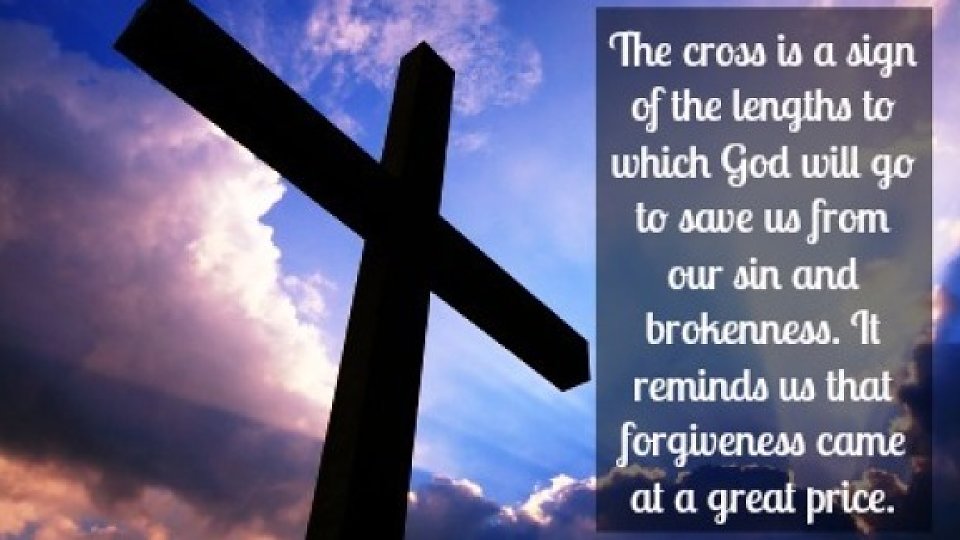A Mirror and a Self-Portrait

Then the soldiers led him into the courtyard of the palace (that is, the governor’s headquarters); and they called together the whole cohort. And they clothed him in a purple cloak; and after twisting some thorns into a crown, they put it on him. And they began saluting him, “Hail, King of the Jews!” They struck his head with a reed, spat upon him, and knelt down in homage to him. After mocking him, they stripped him of the purple cloak and put his own clothes on him. Then they led him out to crucify him…. It was nine o’clock in the morning when they crucified him…. Those who passed by derided him…. In the same way the chief priests, along with the scribes, were also mocking him…. Those who were crucified with him also taunted him. (Mark 15:16-20, 25, 29, 31, 32 NRSV) MARK’S ACCOUNT OF THE CRUCIFIXION makes clear the inhumanity of those who surrounded Jesus on that first “Good” Friday. They were anything but good. An entire cohort of soldiers came together to humiliate Jesus, beating him, mocking him, spitting upon him. Jesus was crucified outside the city walls, and those who passed by hurled insults at him. (Crucifixions occurred on main roadways to act as a deterrent for others.) The religious leaders showed him no mercy, mocking him as he suffered. Mark tells us that Jesus was taunted even by those who were crucified alongside him. For all these people, it was not enough that they had successfully sentenced Jesus to die. They wanted to dehumanize him as well. If we could step back and take a cosmic view of this scene, we would see God the Son beaten, abused, spat upon, crucified, then mocked and taunted as he hung dying. And his abusers? The Romans fancied themselves the champions of justice. The chief priests and experts in Scripture believed they were the champions of God’s Law. The common Jews saw themselves as God’s chosen people. The irony of the Crucifixion is overwhelming: God came to humanity, even to his own people, and they crucified him, seeking to crush his spirit as he suffered. The Crucifixion is at one and the same time a mirror held up to humanity, making plain our inhumanity; and a self-portrait of the God who willingly suffered at our hands to redeem us, change us, and save us from our- selves. We are meant to see ourselves in the crowd at Cal- vary. Alexander Solzhenitsyn has rightly noted, “The line dividing good and evil cuts through the heart of every human being” (from The Gulag Archipelago 1918-1956: An Experiement in Literary Investigation). But we’re also meant to see a God who suffers as a result of our sin, and who is willing to die in order to save us from ourselves. Like the crowd at Calvary, we have the capacity and propensity to rationalize the hurtful things we say and do to one another. We are experts at justifying what cannot be justified. We, too, have turned from God’s way in order to hold on to power, to pursue wealth, or to protect our wounded pride. We’ve made thousands of small turns away from God’s path, and a few really big ones. Which is why, on Good Friday, we pause to remember that the Crucifixion was for us. We see the Lord hanging there. We hear him cry out, “Father, forgive them, for they don’t know what they do.” We see in the cross our need and God’s gift. We kneel before our crucified Lord and pray: Forgive me, Lord! Heal me, Lord! Help me, Lord, that I might, from this day on, follow in your way! Amen. ~~~ Today's post is an excerpt from The Way: 40 Days of Reflection.